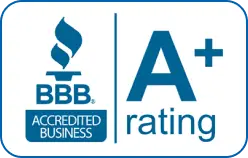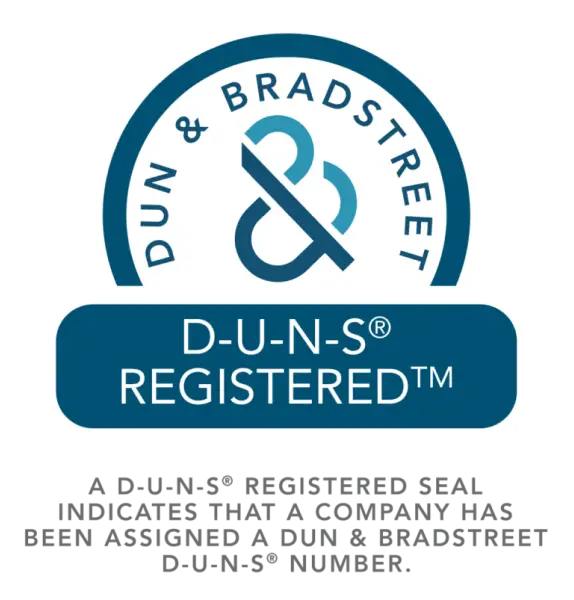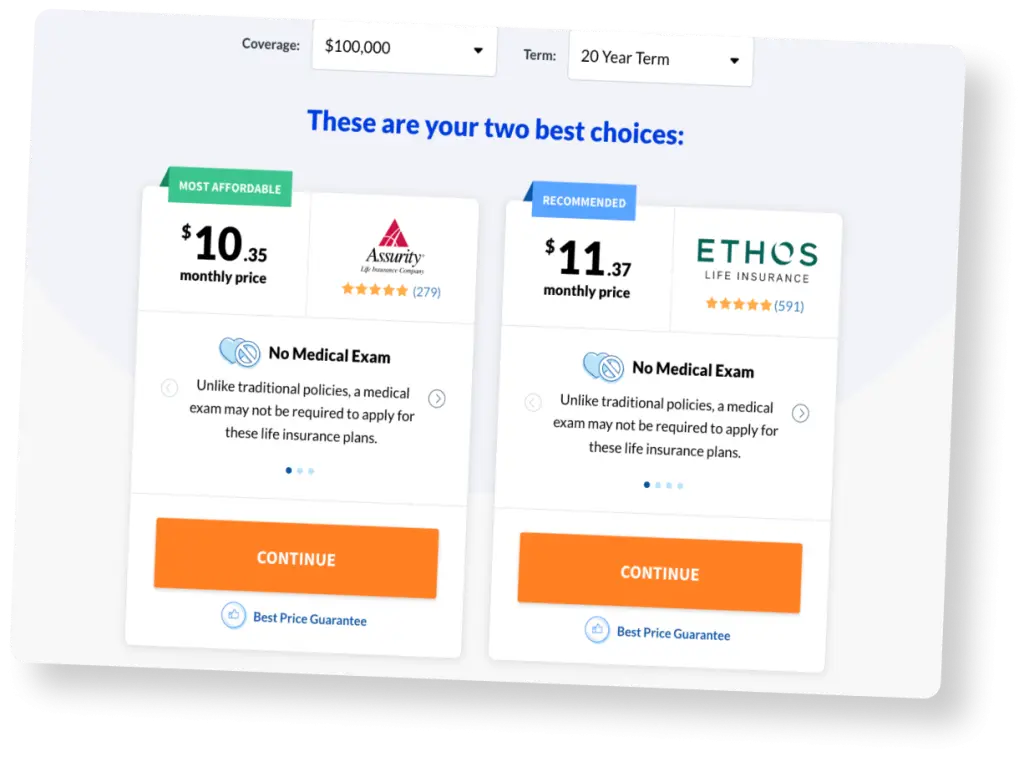“Top-notch guidance”
“Best value”
“Step-by-step support”
“Very dilligent”
“5 STARS!!!”
Calculate your needs
Key Man Insurance Calculator
Our keyman insurance calculator helps businesses determine the right coverage for crucial employees, ensuring financial stability, uninterrupted operations, and a secure future.




3 Easy Steps to Get Your Estimate
Define the role
Assess the Difficulty
Input Financials
Provide the key person’s salary, benefits, bonuses, and company revenue details.
Understand Your Results
Our calculator provides a reference range of coverage options to help you choose the best insurance policy. The range accounts for different scenarios and ensures you have adequate protection.
Every circumstance is unique. For example, start-up companies seeking key person insurance may have special circumstance to consider when calculating the right amount of coverage. It is highly recommended that you work with an insurance professional.
Properly identifying and insuring your key individuals is crucial to ensure your business future.
Adequate key person insurance is vital for protecting your business against the unforeseen loss of an invaluable team member.
Use our Keyman Insurance Calculator to determine how much coverage you need and consult with our experts for personalized advice.
Take the first step in securing your business. Wise risk management strategies are inherent in successful businesses. Use our Keyman Insurance Calculator now for a free estimate. Then get a custom quote for the lowest rates for the nation’s top companies.
Key Takeaways of Key Man Insurance Calculator
Securing adequate coverage is essential to protect your business from the financial impact of losing a key employee or owner.
The insurance amount is determined using different methods, including multiples of income, replacement cost, and contributions to revenue.
Whether the individual is an employee, owner, or shareholder affects the insurance calculation and the amount of coverage needed.
Coverage recommendations differ across industries, as different business types have unique key person risks and valuation factors.
Traditional calculators may not be suitable for start-ups, which often require a more customized approach to key person valuation.
How Our Key Man Calculator Gets You Results
Let’s get one thing out of the way quickly – key employee, key person, and key man all virtually mean the same thing. Here at KeyPersonInsurance.com, we are preferential to ‘key person,’ but when it comes to making accurate calculations splitting hairs has its benefits. As we discuss the different key man valuation methods below, we will make a simple distinction between two of our variables:
-
Key Employee – a non-owner, zero equity employee. (Example: top salesman)
-
Key Person – an owner or shareholder with equity. (Example: founder or CEO)
-
Key Man – all of the above
The key man calculator you see before you (on the left) generates live calculations based on the information you provide. We understand that businesses often have multiple key people, so we made sure that you could quickly run multiple calculations without any headache. Below, you will find helpful step-by-step definitions and considerations for how to get the most accurate estimation for your key employee and key person coverage.
Step One: Define Their Role
You have two options: Employee Only and Owner/Shareholder. This is a simple but integral aspect of the calculation. If the individual you are seeking coverage for has equity in the company, then you’ll have to account for the price of their equity and involvement in the business.
Step Two: Replacement Difficulty
This is really where the “estimate” in our calculation estimate comes to roost. None of us have a crystal ball, so the best anyone can do is not over-complicate the unknown. Every key man is going to be difficult to replace; that’s what makes them key. But if you have a top salesman who has deep relationships with your biggest clients or an engineer who can do what only a handful of others can, then that will be very difficult.
-
How Difficult Will It Be To Replace Your Key Person?
-
How Difficult Will It Be To Hire And Train A New Employee To 100% Efficiency?
When answering these two questions, it is important to consider the reality your business will be in if you lost this person. What would need to happen in order to get the company back on track? Would the company even be able to continue its operations if this key employee is gone tomorrow? Would your investors back out? These are very nuanced questions with much deeper considerations. But nobody wants to write an essay into a calculator between meetings. Our key man calculator accounts for these complexities by providing a range rather than a single value.
Step Three: Financial Data
It’s all number-crunching from here on out. If you’re a business owner or an employee tasked with putting this information together, then we probably don’t need to tell you what these data inputs are. However, you may want to incorporate future estimates as well. For instance, if your key employee currently makes $80,000 annually but they are likely to get a raise in the near future, you probably want to include that here. Benefits like bonuses, sales incentives, etc., all of this should be added to the total annual income.
Finally, if you are seeking coverage for a business owner, the total debt should be for the company as a whole. Our calculator will use this to estimate the owner’s obligation to that debt.
Range Definitions
Our calculator offers a range rather than a single value because every situation is unique. A tech company and a car dealership could very well perform exactly the same financially, but the operation and the people that make it happen will have vastly different key person considerations.
Our minimum and maximum coverage amounts are based on industry guidelines that the majority of insurance companies follow. The minimum is what you need in order to not under-insure your key employee, while the maximum is the most coverage a carrier will likely allow. Finally, our recommended amount is a careful estimate based on all of the values you provide.
Feel free to make adjustments and dream a little. You now have an excellent estimate of how much coverage your business should acquire on its key people. The next step is to find out how much it costs. Luckily, our instant quoter is one click away.
Methods for Valuing Key Employee Coverage
Like anything in life, the goal for key person valuation should be to determine the right amount of coverage – no more, no less. This is why we take the needs-based approach to calculate the amount of life insurance needed based on the unique needs of the business, such as covering the amount of revenue your key employee brings in. There can be a huge difference between what you can get and what you actually need.
For example, let’s say your business is borrowing $10 million for a project expansion. That doesn’t mean an insurance company will willingly write a $10 million policy on your CEO – and even if they are willing to write it, that doesn’t necessarily mean that you should accept it. Specific details are required to justify the insurance amount requested:
-
How much of the company does your CEO own?
-
How much of the $10 million loan is tied to the CEO’s equity?
-
What is the annual income of your CEO?
-
How difficult would it be to find someone else who can do what they do?
-
How much revenue is at risk if the CEO is gone tomorrow?
These questions are the framework to pinpoint the amount of coverage the company should secure on their CEO or any key employee. Business continuation is a nuanced equation. There is no one policy-fits-all, which is why we utilize three different methods for analyzing key person insurance coverage.
Method One: Multiples of Income
The multiples of income method is the simplest and most common form of determining the value of a key employee:
7x Annual Income of Key Employee
Most insurance companies use the multiples of income method as a general guideline. Of course, depending on the specifics of the position, higher multiples may be justified as much as 20 times the current salary, including bonuses or benefits. So, while the justifications may be complex, the math couldn’t be simpler. For example, using the multiples of income method, an executive making $200,000 in compensation and benefits should reasonably be covered at $1.4 million of key man insurance at minimum. Typically, this method of valuation is used for non-equity key employees.
Method Two: Replacement Cost
The replacement cost method determines key person coverage based on what it could cost to replace your executive. Replacement cost is determined by salary, as well as expected costs required to hire, train, and completely replace the key person to 100% efficiency. Our calculator factors this in with your choice of “difficult” or “very difficult to replace” because if it was easy to replace your key employee… well, they might not actually be that key.
Method Three: Contributions to Revenue
The contributions to earnings method is calculated based on the estimated percentage of your key employee or key person’s contribution to the company’s bottom line. For example, a top salesperson in a small business may contribute 50% or more of the sales of the company directly resulting in half of the company’s profits. In this case, it is vital that your top salesman’s revenue contribution is factored into your key person coverage. After all, if you lose your salesman, you lose your sales.
Two Key Distinctions
The key person valuation methods discussed above are not set in stone. Each case merits specific considerations, which is why we always dig deeper into individual circumstances. Whether they are an employee only or own shares of the company is one aspect. A business owner valuation requires additional information, including the fair market value of the business as well as any outstanding debt.
If your business is in the start-up phase, our calculator will not be much help to you. The reason for this is because start-ups require a deeper analysis that isn’t strictly financial since there typically isn’t much financial record to go on. If your company is in the start-up phase and you need to insure your key people, whether it’s for an SBA loan or simply to protect the foundation of your new company, the next right step is to speak with a key man life insurance company expert.
Frequently Asked Questions about Key Man Insurance Calculator
How Do You Calculate Key Man Insurance?
Key man insurance is calculated by estimating the financial impact of losing the key person. This can be done by multiplying their salary by a factor (usually 5 to 10 times), assessing their contribution to company profits, or calculating the cost of hiring and training a replacement.
How Much Does It Cost to Insure a Key Man?
The cost of key man insurance depends on factors such as the key person’s age, health status, life expectancy, coverage amount, and policy type. Premiums can range from a few hundred to several thousand dollars per year, depending on the level of risk and coverage selected.
How Do You Determine the Value of a Key Person?
The value is determined by evaluating their role in generating revenue, making strategic decisions, and leading the business. Most business assess their profit contribution, potential loss from their absence, and the cost of finding a replacement.
Who Benefits from Key Person Insurance?
The company that owns the key man insurance policy benefits from key person insurance. If the key individual dies or becomes incapacitated, the business receives a payout to cover financial losses, recruit a replacement, or maintain stability.
Conclusion and Summary of Key Man Insurance Calculator
Securing key person insurance is a fundamental step in protecting your business from the unexpected loss of a critical team member. Whether determining coverage through income multiples, replacement costs, or contributions to revenue, an accurate assessment ensures your company remains financially stable in times of transition.
While our key person calculator provides a valuable starting point, a personalized consultation can help refine your coverage to meet the unique needs of your business. Take proactive steps today, use our key man life insurance calculator for an estimate, then work with an expert to secure the right protection for your company’s future.



